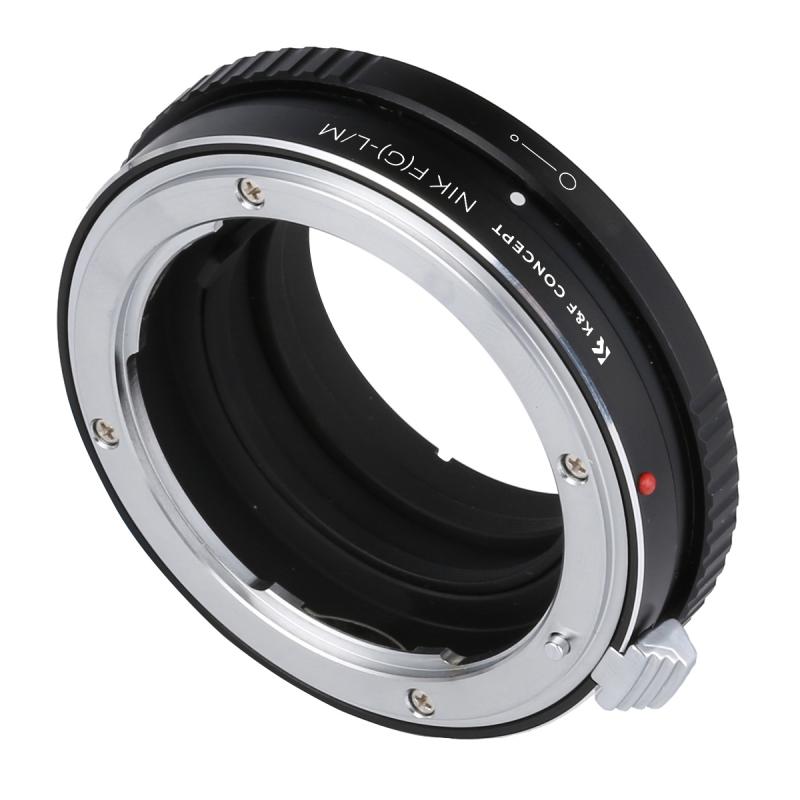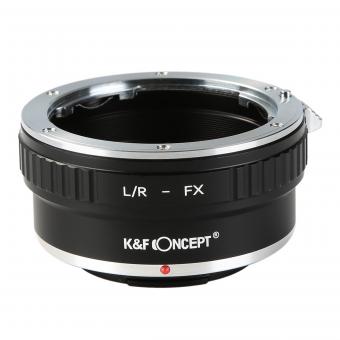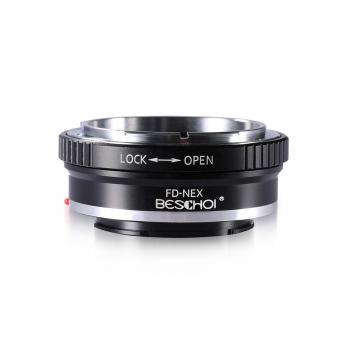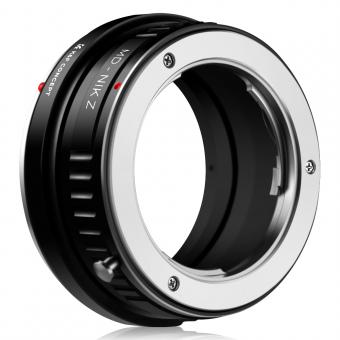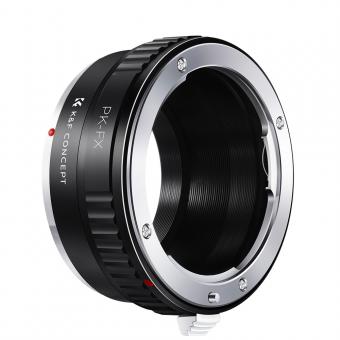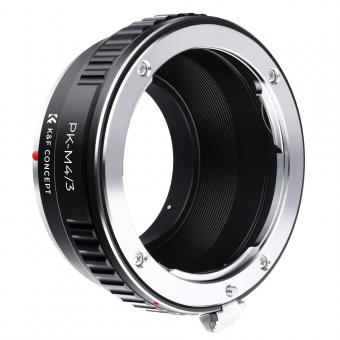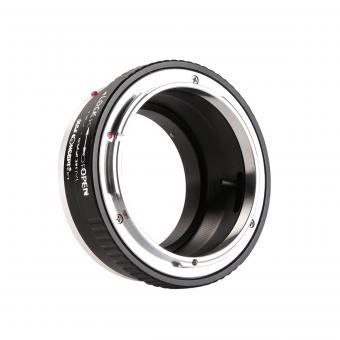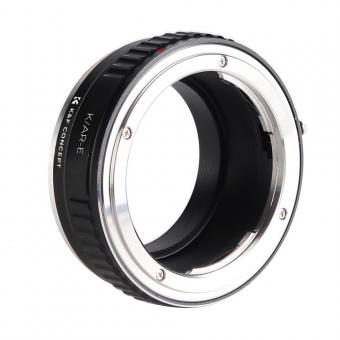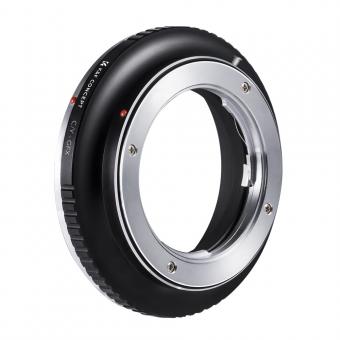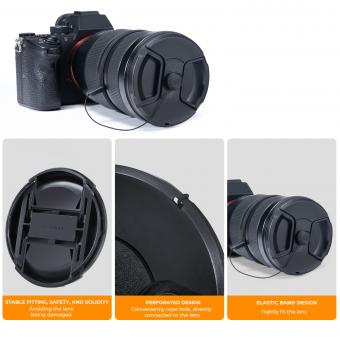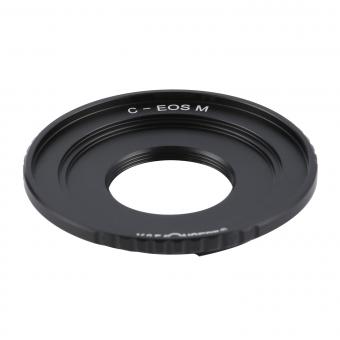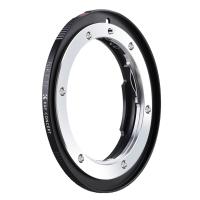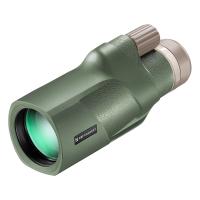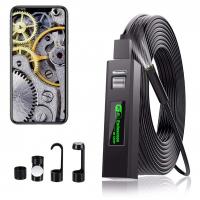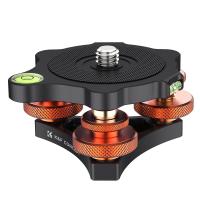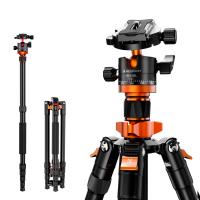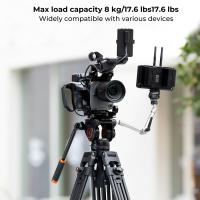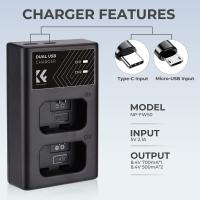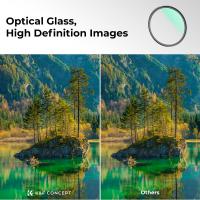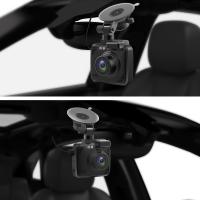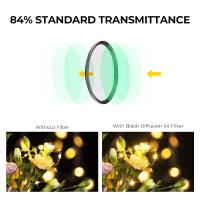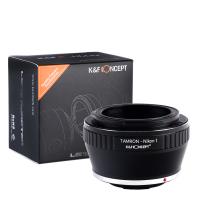How To Tell What Mount A Lens Is ?
To determine the mount of a lens, you can look for specific physical characteristics and markings on the lens itself. One way is to check for any labeling or engravings on the lens barrel that indicate the mount type. Additionally, you can examine the shape and size of the lens mount itself. Different camera systems have distinct mount designs, so comparing the lens mount to known examples can help identify the type. Another method is to consult the camera manufacturer's documentation or website, which often provides information about compatible lens mounts for their camera models. Additionally, there are online resources and forums where you can seek assistance from experienced photographers or lens enthusiasts who may be able to identify the mount based on your lens's appearance or specifications.
1、 Lens Mount Identification Methods
Lens Mount Identification Methods
There are several methods to determine the mount of a lens, allowing photographers to ensure compatibility with their camera bodies. Here are some common lens mount identification methods:
1. Manufacturer Documentation: The most reliable method is to consult the manufacturer's documentation. Camera and lens manufacturers often provide detailed information about lens mounts and compatibility on their websites or in user manuals.
2. Lens Markings: Many lenses have markings on the lens barrel indicating the mount type. These markings may include abbreviations or symbols specific to the manufacturer's lens mount system.
3. Physical Examination: By closely examining the lens and comparing it to known mounts, one can often identify the mount type. This involves looking for specific features such as the number and arrangement of electrical contacts, the size and shape of the mount, and any unique characteristics.
4. Online Resources: There are numerous online resources available that provide comprehensive databases and visual guides for identifying lens mounts. These resources often include images, descriptions, and compatibility information for various lens mounts.
5. Community Forums and Groups: Engaging with photography communities, forums, and social media groups can be helpful in identifying lens mounts. Experienced photographers and enthusiasts are often willing to share their knowledge and assist in identifying lens mounts based on photographs or descriptions.
It is important to note that with the introduction of new lens mounts and adapters, the identification process may become more complex. Therefore, staying updated with the latest information from manufacturers and online resources is crucial for accurate lens mount identification.
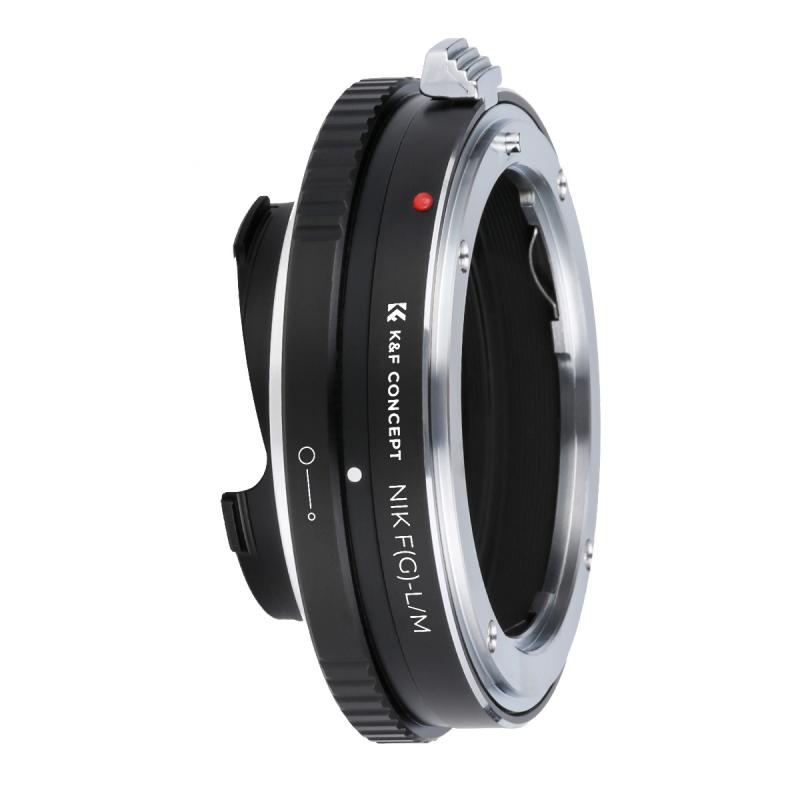
2、 Physical Characteristics of Different Lens Mounts
Physical Characteristics of Different Lens Mounts
One way to determine what mount a lens is can be through its physical characteristics. Each lens mount has unique features that can help identify its type. Here are some common lens mounts and their physical characteristics:
1. Canon EF Mount: Canon EF lenses have a large diameter and a short flange focal distance. They feature a red dot on the lens barrel and a metal EF mount on the camera body.
2. Nikon F Mount: Nikon F lenses have a smaller diameter compared to Canon EF lenses. They have a longer flange focal distance and a metal F mount on the camera body. Nikon lenses often have a white dot on the lens barrel.
3. Sony E Mount: Sony E lenses are designed for mirrorless cameras. They have a smaller diameter and a shorter flange focal distance. Sony E lenses feature a metal E mount on the camera body.
4. Micro Four Thirds Mount: Micro Four Thirds lenses are used by Olympus and Panasonic mirrorless cameras. They have a small diameter and a short flange focal distance. Micro Four Thirds lenses feature a metal mount on the camera body.
5. Pentax K Mount: Pentax K lenses have a large diameter and a long flange focal distance. They feature a metal K mount on the camera body.
It is important to note that these physical characteristics may vary slightly between different lens models and manufacturers. Additionally, new lens mounts may be introduced in the future as camera technology evolves. Therefore, it is always recommended to consult the lens manufacturer's documentation or contact customer support for accurate information on lens mounts.
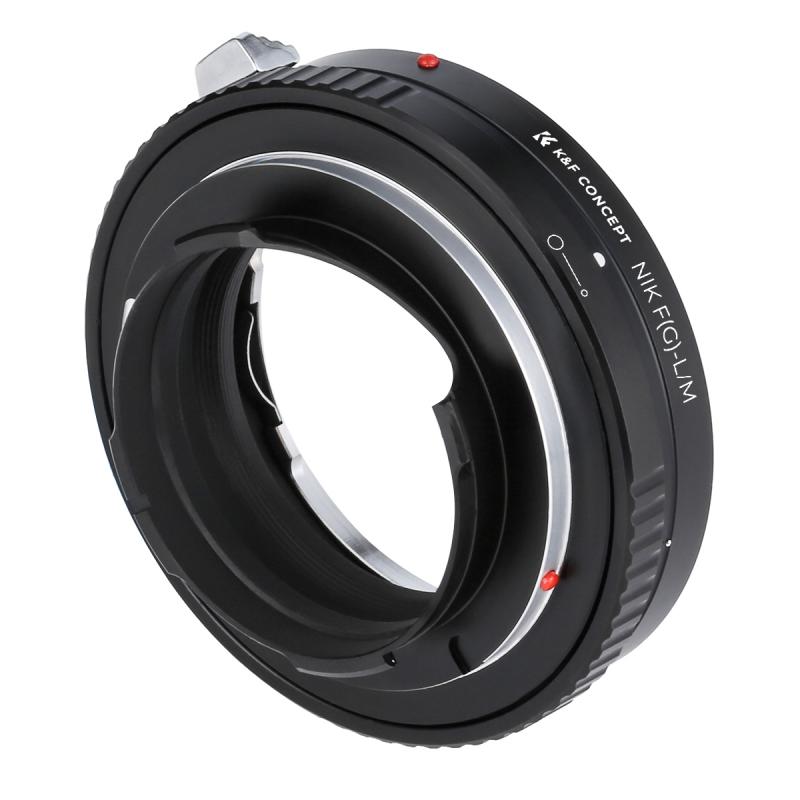
3、 Researching Lens Mount Compatibility
Researching lens mount compatibility is essential when trying to determine what mount a lens is. There are several ways to go about this process.
1. Manufacturer's website: The first step is to visit the manufacturer's website and search for the lens model. Most manufacturers provide detailed information about the lens, including the mount type. This is the most reliable and accurate source of information.
2. Lens markings: Many lenses have markings on the lens barrel indicating the mount type. Look for abbreviations such as EF (Canon), F (Nikon), E (Sony), or MFT (Micro Four Thirds). These markings are usually located near the lens mount.
3. Lens documentation: If you have the original documentation that came with the lens, it often includes information about the mount type. Check the user manual or any accompanying literature for details.
4. Online forums and communities: Engaging with photography communities and forums can be helpful. Many photographers have experience with different lens mounts and can provide insights or identify the mount based on photos or descriptions.
5. Lens adapters: If you are still unsure about the mount type, lens adapters can be used to connect the lens to a camera body with a different mount. Adapters are available for various combinations of mounts, and by using one, you can determine the compatibility of the lens.
It's important to note that lens mounts can vary between different camera brands and even within the same brand's product line. Therefore, it's crucial to double-check the information and ensure compatibility before making any purchases or attempting to mount a lens on a camera body.

4、 Identifying Lens Mounts Through Manufacturer Documentation
Identifying the mount of a lens can be crucial when it comes to compatibility with your camera body. While there are various methods to determine the lens mount, one reliable approach is to consult the manufacturer's documentation. Manufacturers often provide detailed information about their lens mounts, including specifications and compatibility.
To begin, locate the official website of the lens manufacturer. Most manufacturers have a support or product page where you can find documentation for their lenses. Look for a section that specifically addresses lens mounts or compatibility. This section may include diagrams, descriptions, and even photographs of the lens mounts used by the manufacturer.
Additionally, manufacturers often provide compatibility charts that list the camera bodies compatible with each lens mount. These charts can be particularly helpful if you are unsure about the specific mount of your lens or if you are considering purchasing a lens for a particular camera body.
It is important to note that lens mounts can vary between different camera manufacturers. For example, Canon and Nikon have their own proprietary lens mounts, while other manufacturers may use standard mounts such as the Micro Four Thirds or Sony E-mount. Therefore, it is essential to consult the manufacturer's documentation specific to your lens and camera brand.
In recent years, lens mounts have become more standardized, with some manufacturers adopting common mounts like the Micro Four Thirds or Sony E-mount. This has made it easier for photographers to use lenses across different camera systems. However, it is still crucial to verify compatibility through manufacturer documentation to ensure proper functionality and avoid any potential issues.
